Julia Child's tips will make you a better cook
Kitchen tips from The French Chef
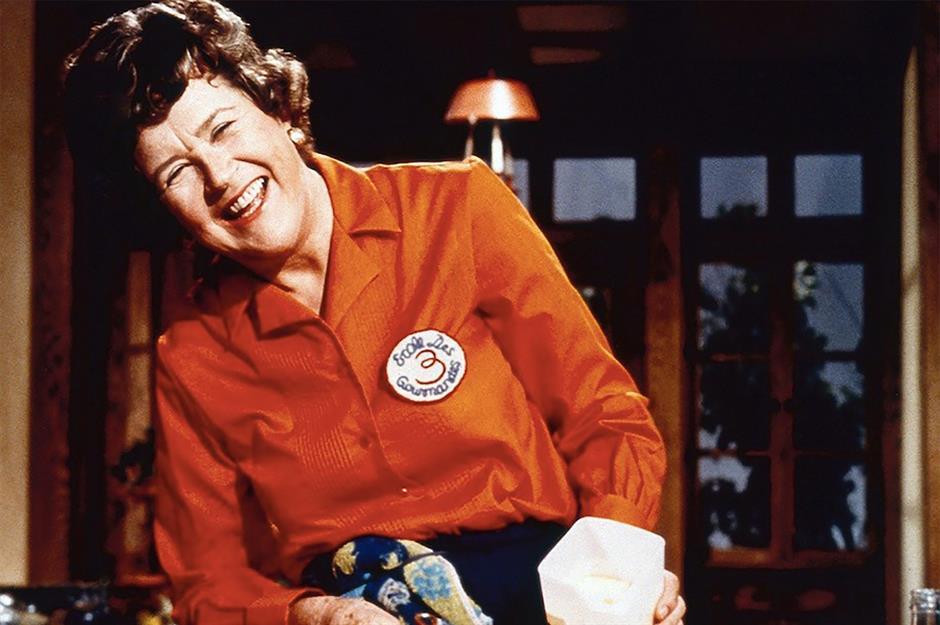
Read the recipe first
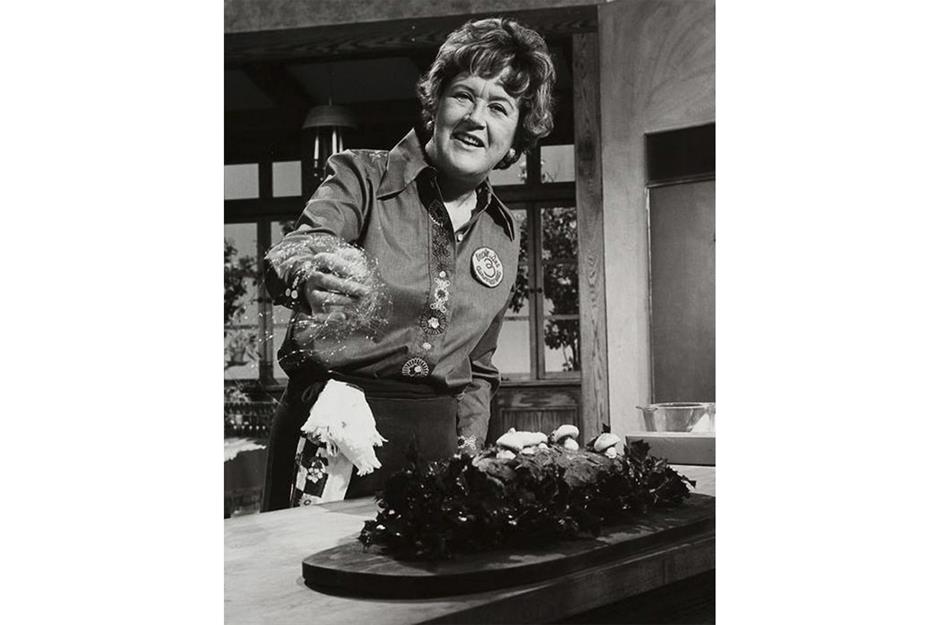
This is particularly important when baking a complicated cake such as Julia’s Le Brantôme – a light walnut cake with brandy butter, chopped nuts and frosting. She says you need “an order of battle” and “your troops drawn”: in other words read the recipe before you start, preheat the oven and get all the ingredients ready to go.
Test baking powder before cooking
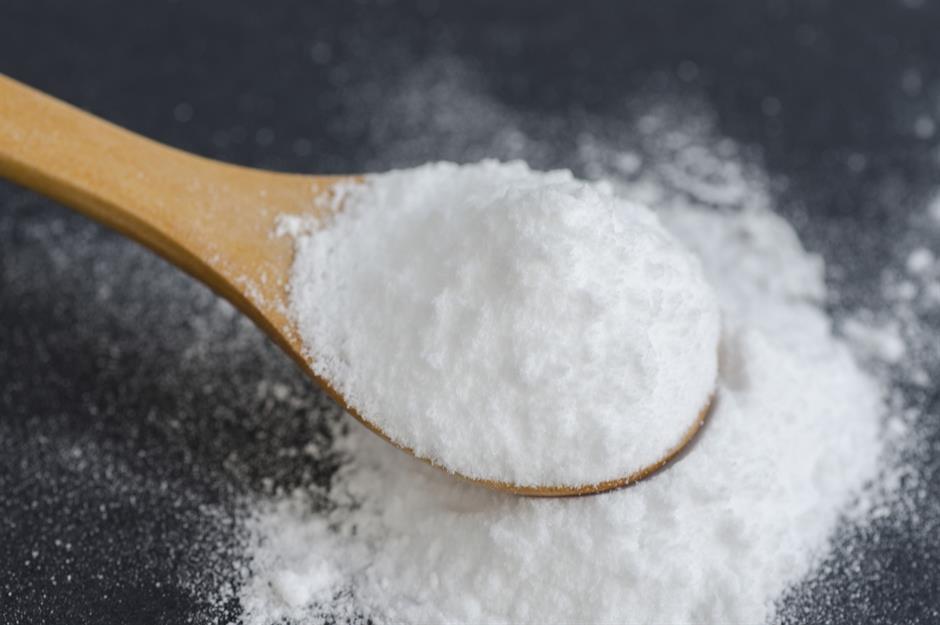
In Julia’s Kitchen Wisdom, the late chef’s last book, one invaluable piece of advice is to test baking powder before you use it, as it loses strength over time. Do this by adding a teaspoon to half a cup of hot water – if it’s still good, it should bubble up. If it doesn’t fizz, you’re going to need to buy some more.
Check yeast is active
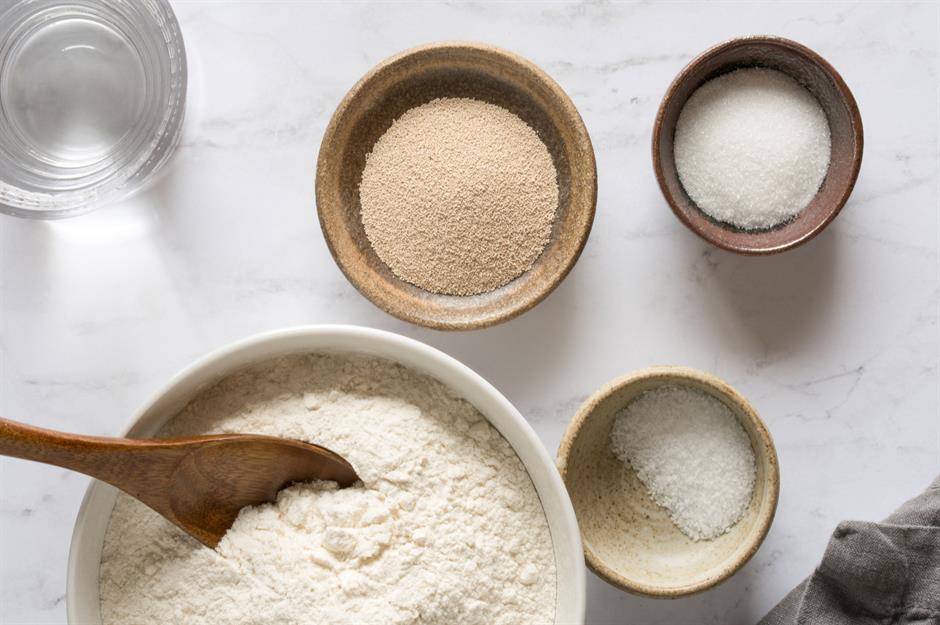
Similarly, another nugget of cooking advice from the TV chef and author is to test yeast before you start baking with it. Stir a tablespoon of dry active yeast into three tablespoons of lukewarm water alongside a pinch of sugar. Wait for five minutes and if it’s still usable it will be bubbling.
Pre-prepare wax paper for lining cake tins
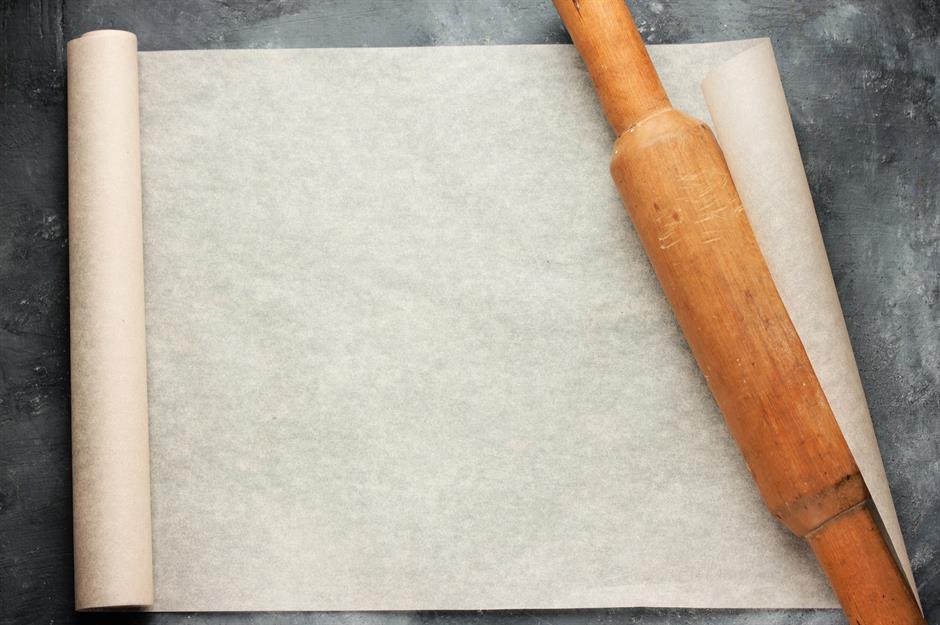
Most cake recipes ask you to line the bottom of a tin with wax paper to prevent sticking. While this step is super fiddly and annoying, the favourite chef has a tip for making it easier next time you bake: if you’re cutting wax paper anyway, prepare a dozen discs, so you always have some ready to go.
Level cups of flour
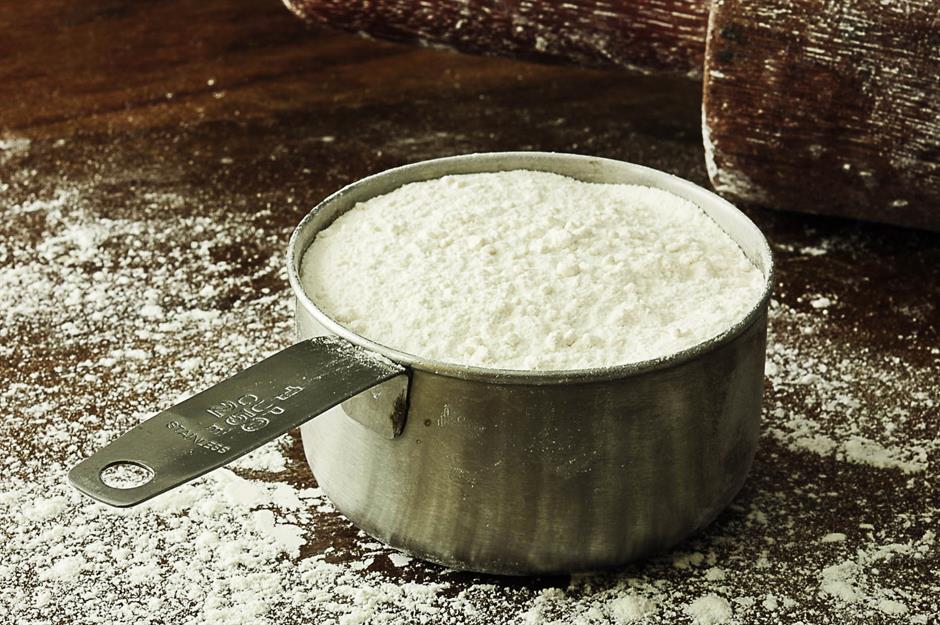
When you’re measuring cups of flour, make sure that you’re using level cups. This is particularly important in recipes that require precise quantities, such as bread and cakes. Julia does this by scooping the ingredient, then flattening the top with a knife.
Whip cream over ice water
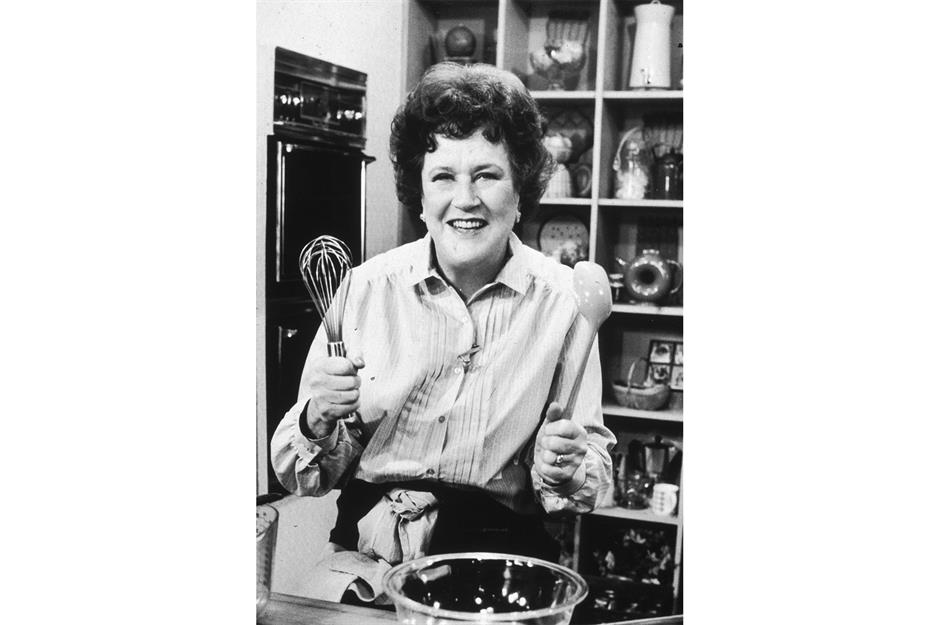
The French Chef has a top tip for speeding up the process of whipping cream. She says you should make sure it’s chilled by popping it in a bowl placed over a container of ice cubes and water. The cold temperature keeps the fat in its solid state, which in turn traps more air. Using a hand whisk, it should be ready in about five minutes.
Use whipped cream instead of butter for a light cake
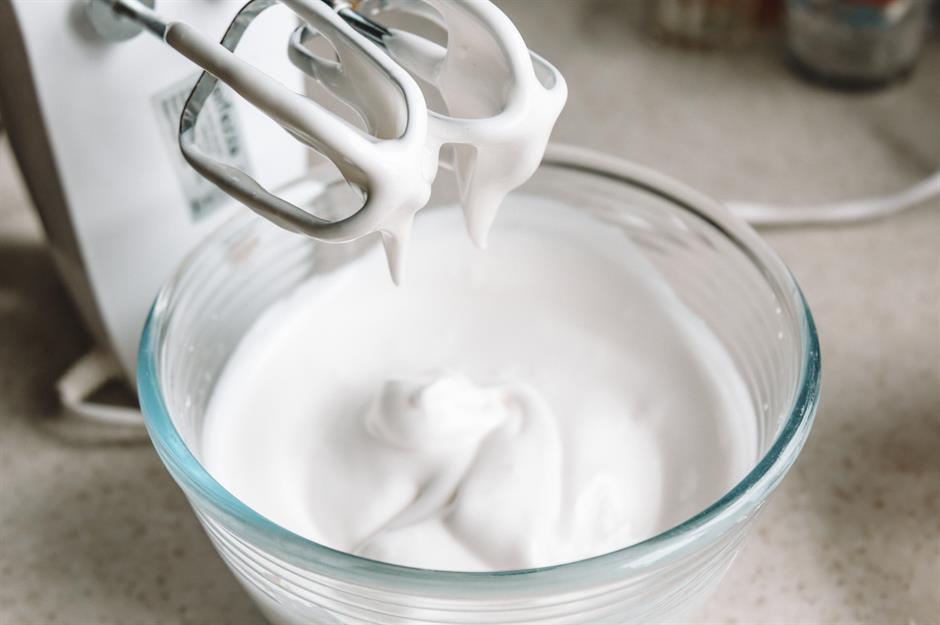
Instead of using butter in a génoise cake (a rich, airy sponge), Julia uses whipped cream and three eggs to make it rise. So much beating is required, she advises using an electric mixer. It’s also essential you’ve mastered the art of folding batter before you attempt one of these.
Mix cold butter with dough
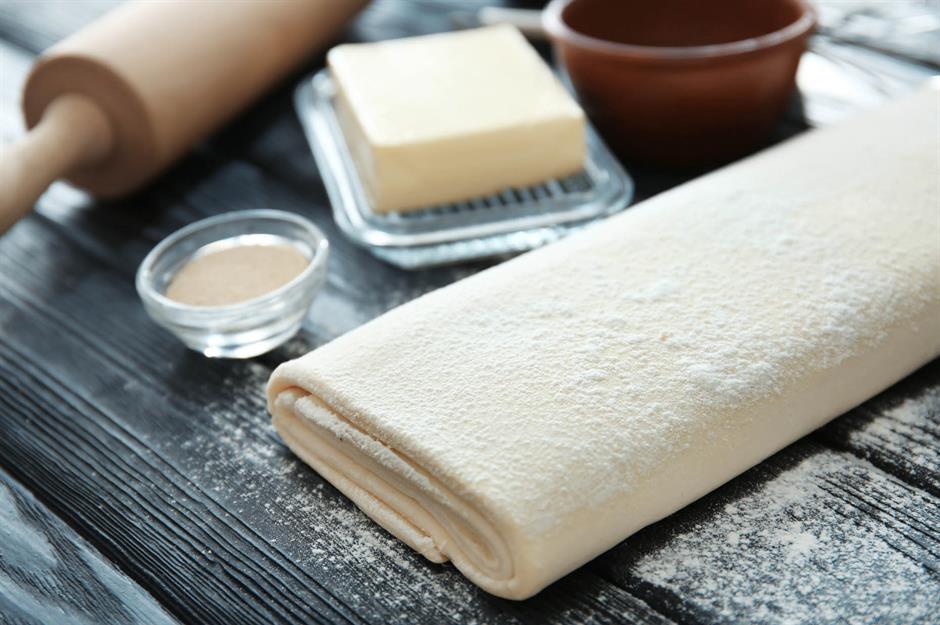
The loved author’s recipe for soft sandwich bread includes half a stick of unsalted butter. Although it’s a pain to work with, she insists the ingredient has to be cold. Softened butter is difficult to combine with dough because it’s greasy, while melted butter requires extra flour because of its liquid state.
Shop at farmers' markets
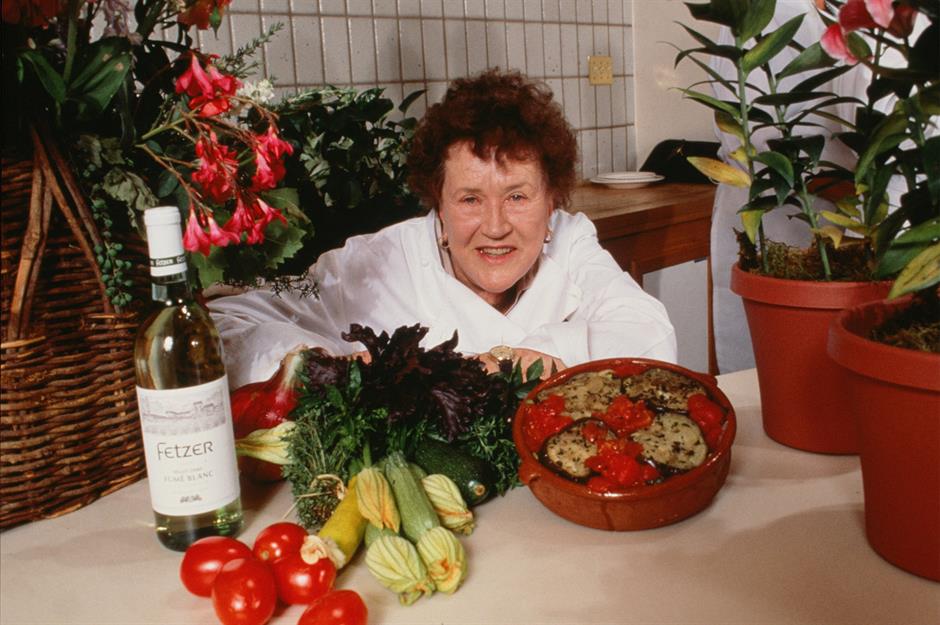
This tip is more accessible today than when Julia was at the height of her career and farmers' markets in America were much fewer. She advised home cooks to scrap recipes and centre dinner around the fresh ingredients they’re able to find at the market that day.
Store asparagus like a bouquet
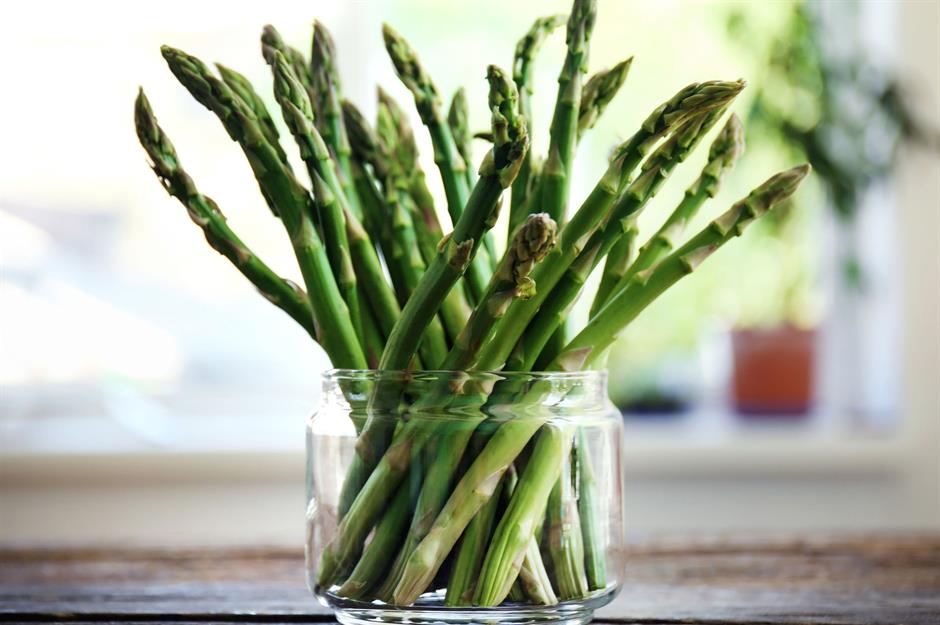
Tired of veg not lasting as long as it should? Try prepping and storing produce like Julia. She says of asparagus: “treat them just like cut flowers”. She slices the vegetable half an inch from the end, puts them in a jug of water, covers them loosely with plastic and stores them in the fridge.
Chop and peel broccoli stems
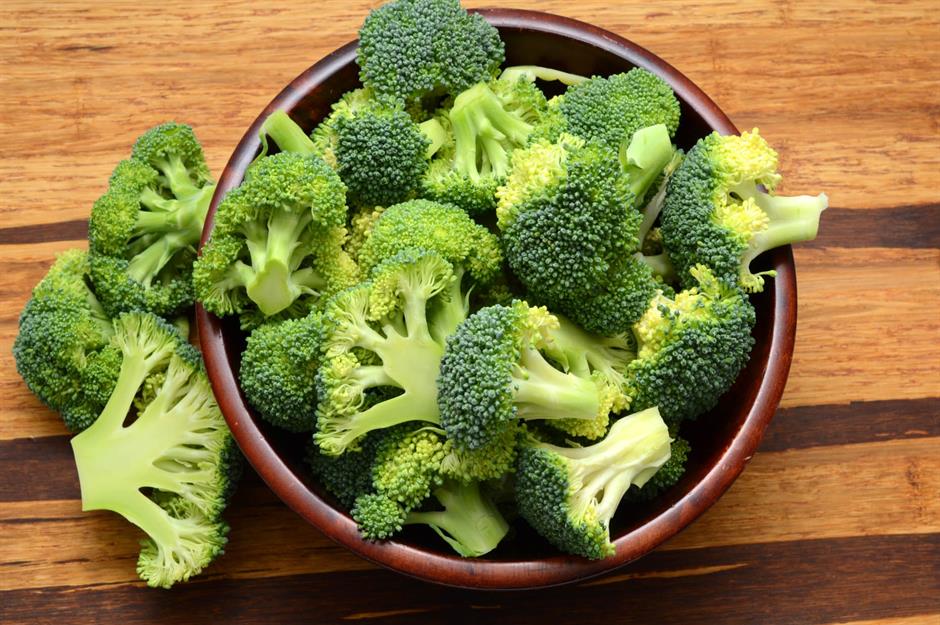
If you’ve found you tend to overcook broccoli florets while the stem stays crunchy, take a leaf from Julia’s cookbooks. First she cuts the main stem off and peels the outside layer, following which she peels the floret stems. This way the green cooks evenly and is tender all over.
Lock in veg colour by boiling
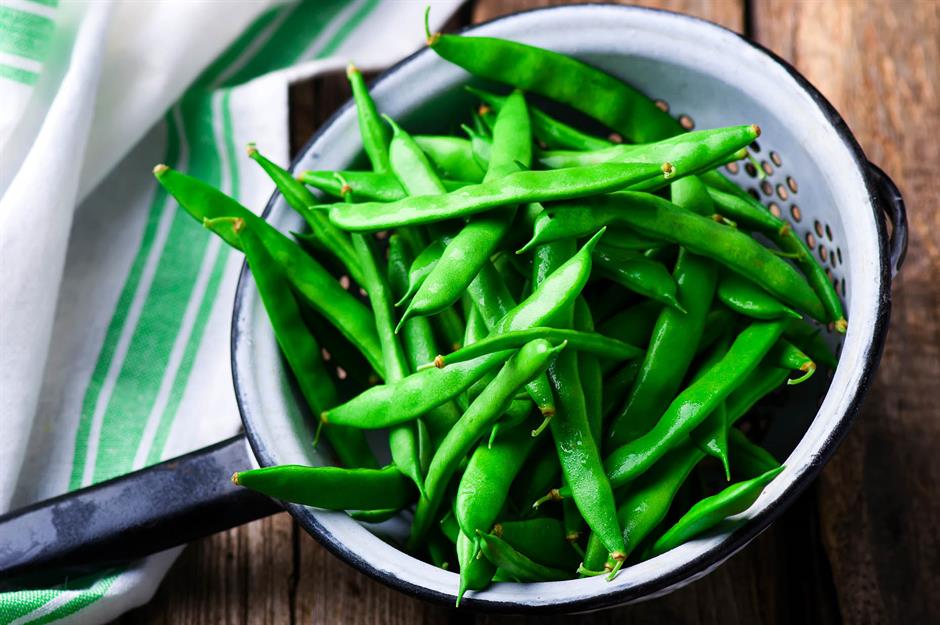
To make sure broccoli and green beans stay bright, Julia boils them to seal in their colour. This method is called blanching, after which they can be "shocked" in cold water to prevent overcooking.
Remove spinach stems
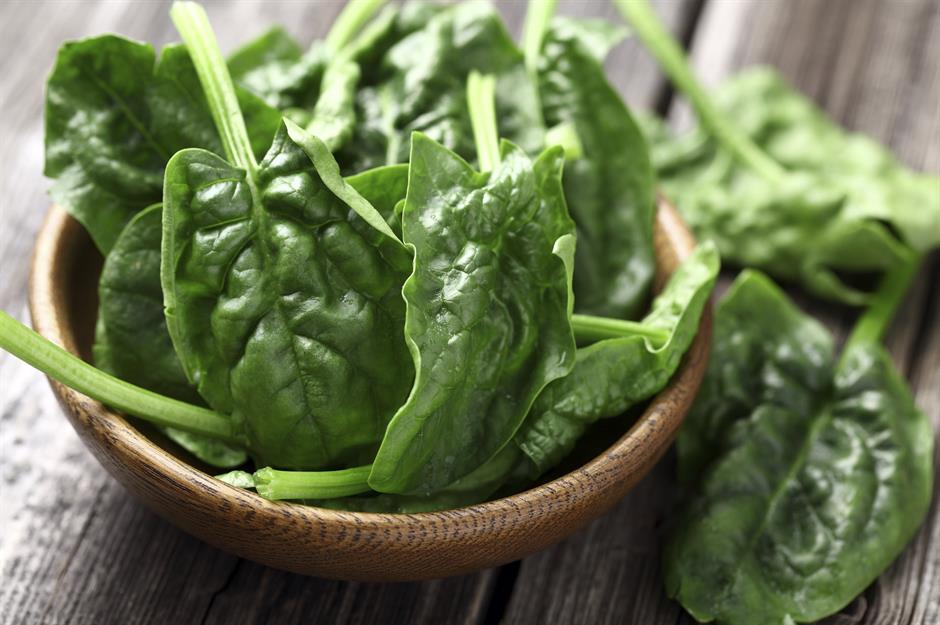
It takes a long time, but after thoroughly washing spinach the French-inspired chef peels the stems from the leaves. This is not necessary if using delicate baby spinach, but with tougher, larger spinach leaves this makes the difference between good cooking and humdrum cooking. The texture is much nicer in a pasta dish such as cannelloni or veggie lasagne.
Peel tomatoes easily on the hob
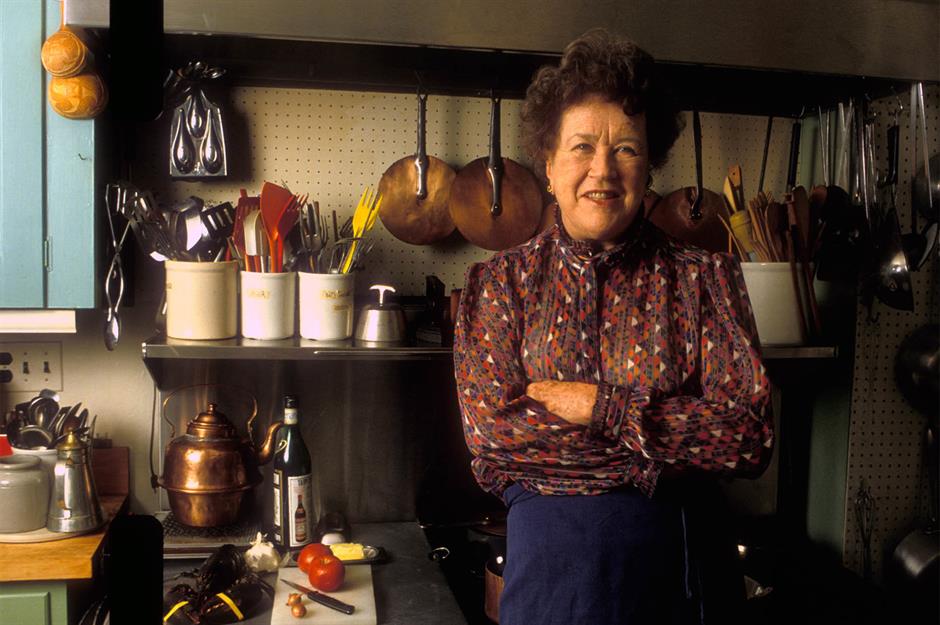
Got a recipe that calls for peeled tomatoes? Julia has three quick and easy ways to do it. Place the veg in a pot of boiling water for ten seconds and the skin should slip off easily when peeled with a knife. Alternatively, use metal tongs to hold the tomato over a gas flame (or blow torch) until it shrivels up and can be peeled off.
Buy a knife you can sharpen
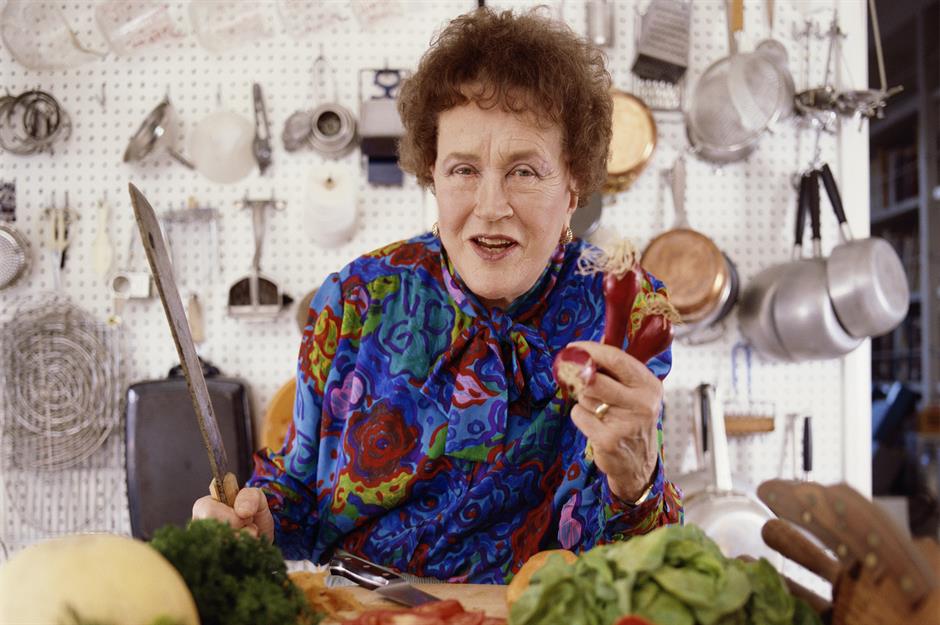
A sharp knife is an essential part of a chef’s toolkit, but instead of buying a knife that holds its edge, look for one you can sharpen. Julia relies on a trusty 11-inch chef’s knife (a wedge-shaped knife) made from rustable carbon steel. Then she keeps it in tip top condition by sharpening it with a butcher's steel and cleaning it by hand using scouring powder and steel wool.
Use a non-stick pan to make omelettes
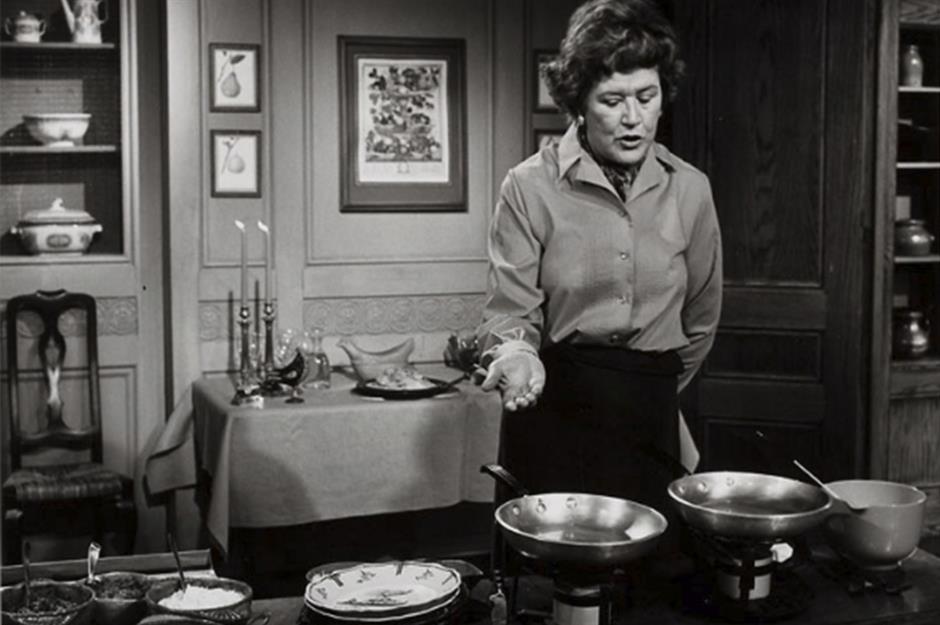
Though different-shaped omelette pans exist, Julia uses a non-stick one with sloping edges. A seven-inch (18cm) pan with two-inch (5cm) sides is perfect for two or three eggs, and it also needs a handle as Julia recommends shaking the pan as the omelette cooks, rather than using a spatula. Hot butter alone is enough to prevent it sticking. Once cooked (after roughly 20 seconds), tip it out onto a plate bottom-side up and tuck the edges under.
Pre-cook poached eggs in their shell
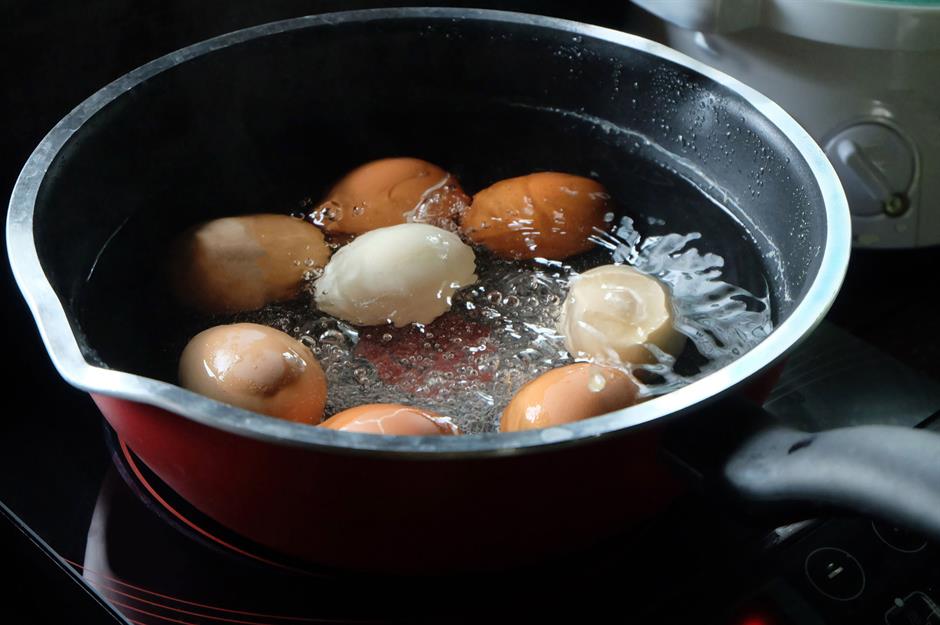
If you find poaching eggs tricky, Julia’s trick will help. She boils them for 10 seconds in their shell so they hold their shape, before cracking them into a metal egg poacher (a little basket with holes in it) and cooking for a further four minutes. A splash of vinegar in the water is helpful, but not necessary. Once ready, trim off messy edges.
Use oil and butter when sautéeing
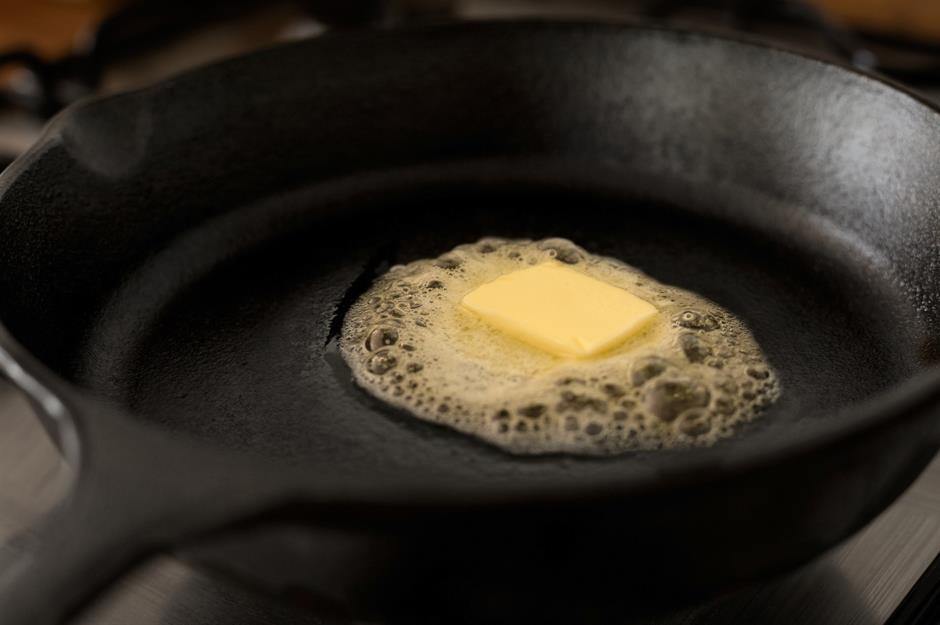
Sautéeing meat or veggies in butter imparts a lovely flavour, but not if the butter is burnt, which happens quickly when cooking over a high heat. Julia prevents this by adding olive or peanut oil to the pan to protect it.
Dry meat with a paper towel
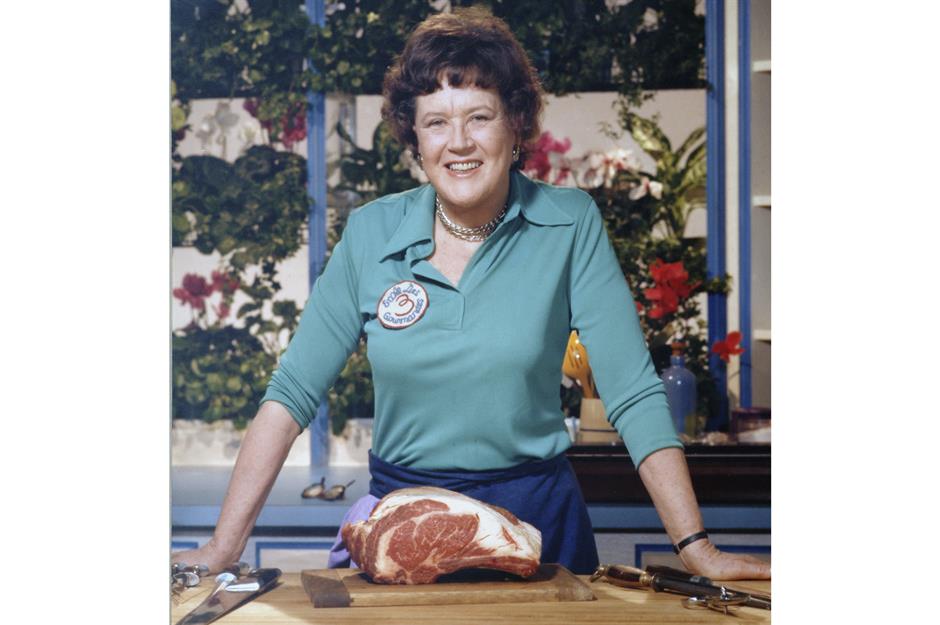
The late chef insists that a few moments dabbing meat with a clean piece of paper towel to make sure it’s dry before cooking is time well spent. Otherwise, residual surface moisture steams the meat, preventing it from browning up and developing flavour.
Press chicken to check if it's done
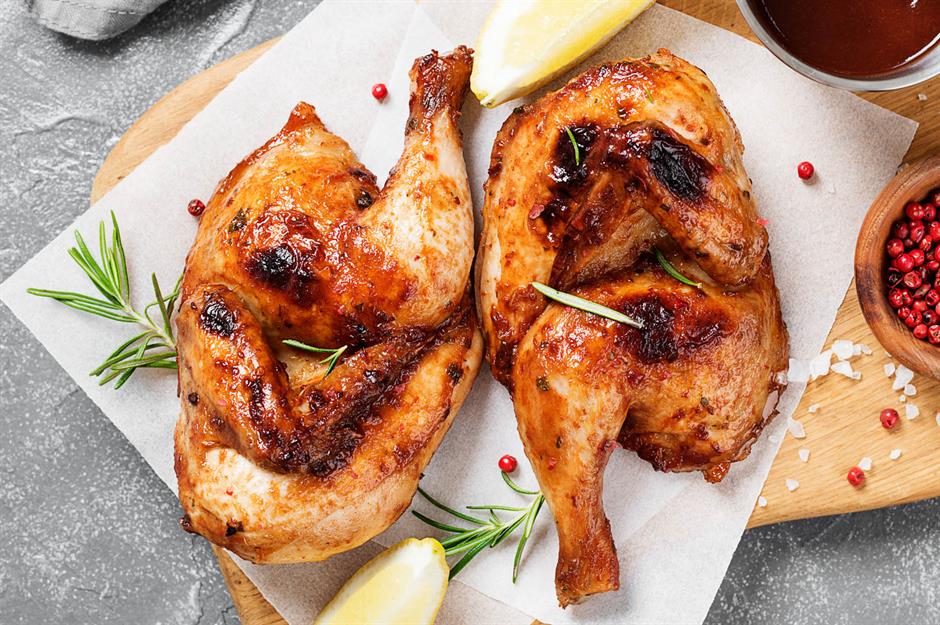
One super simple way to check that chicken is cooked is to press it with your fingers, Julia says – it should feel tender and springy. Another way is to pierce it with a sharp knife. The juices should run clear – if any red comes out, it needs further cooking.
Don’t overcrowd pans
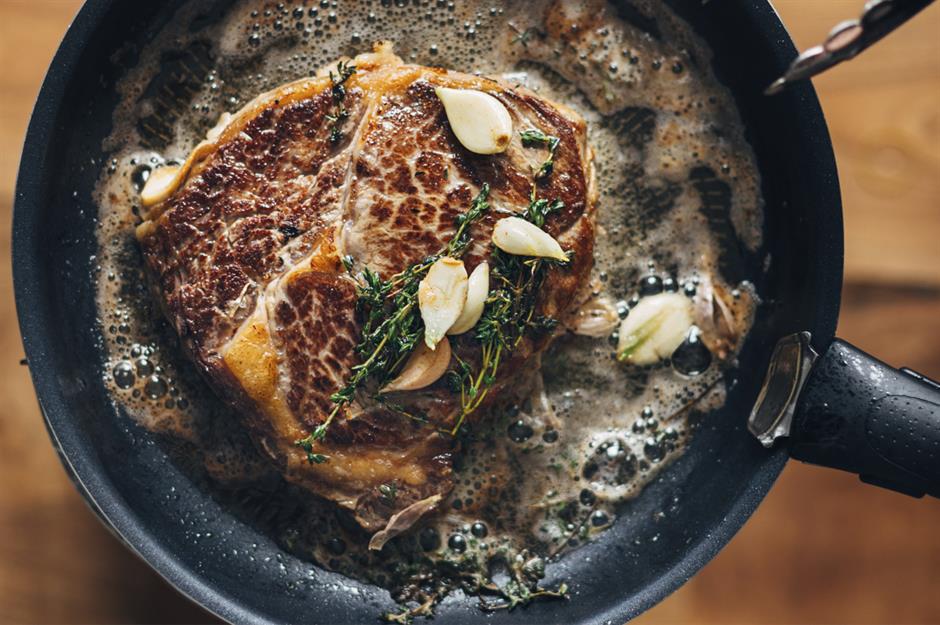
The decadent cook always warns against overcrowding baking trays and frying pans when cooking beef. Doing so brings down the temperature of the pan, preventing the beef from browning and therefore reducing flavour. This rule also applies to chicken when you’re trying to get glorious crunchy skin.
Pan fry thin steaks
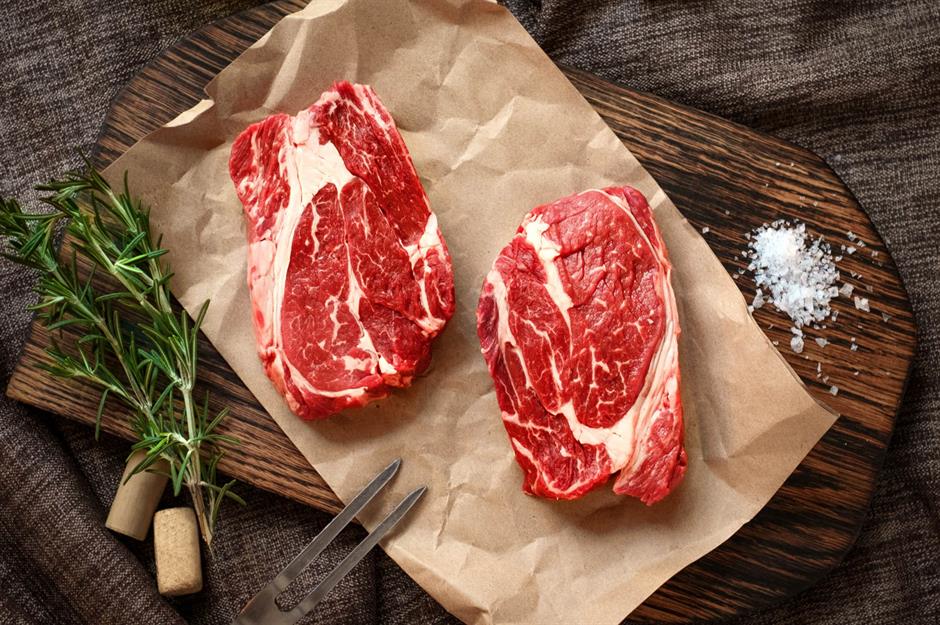
Of course thick, juicy, barbecued steak is great but, if you like to pan fry, Julia's secret is to choose a thinner piece of meat that’s roughly half an inch (1.3cm) thick. She heats a heavy-duty non-stick pan with a teaspoon of oil and a tablespoon of butter and fries the meat for one minute on each side. The beauty of cooking it this way? You can make a sauce with the juices while your meat rests.
Season burger patties well
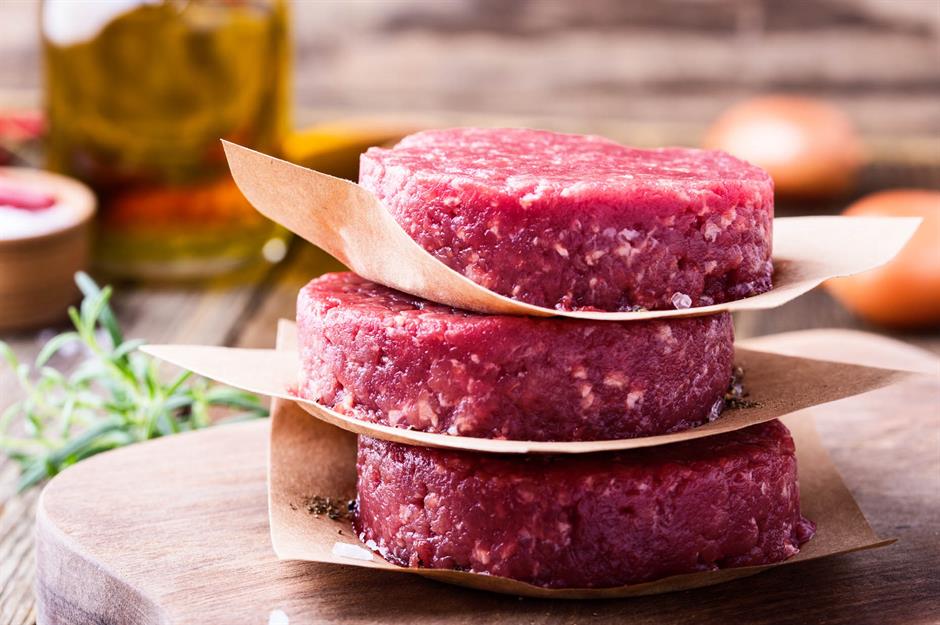
Some people say a burger patty should be nothing more than good quality ground beef, but there are a few extra ingredients Julia likes to add to hers. Starting with ground chuck with a 20% to 25% fat content, she adds an egg, sour cream, thyme or Italian seasoning, salt, pepper and grated onion. After forming patties, she dredges them in flour – this helps them form a deliciously crisp crust.
Sample food for seasoning
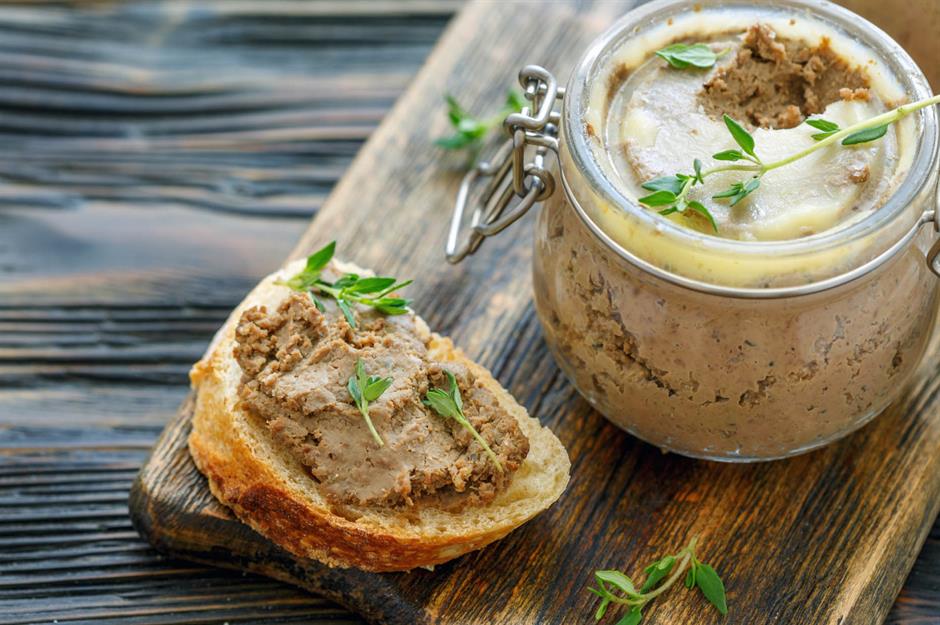
When Julia prepares hamburgers and pâté, she removes the guesswork and checks the meat is seasoned before cooking by tasting it. She says it's good to do it at this stage as there’s time to make adjustments. To get around the problem of the meat being raw (while very good quality raw beef is okay to taste, raw pork is not) she fries a small patty and samples it that way.
Cook with vermouth instead of white wine
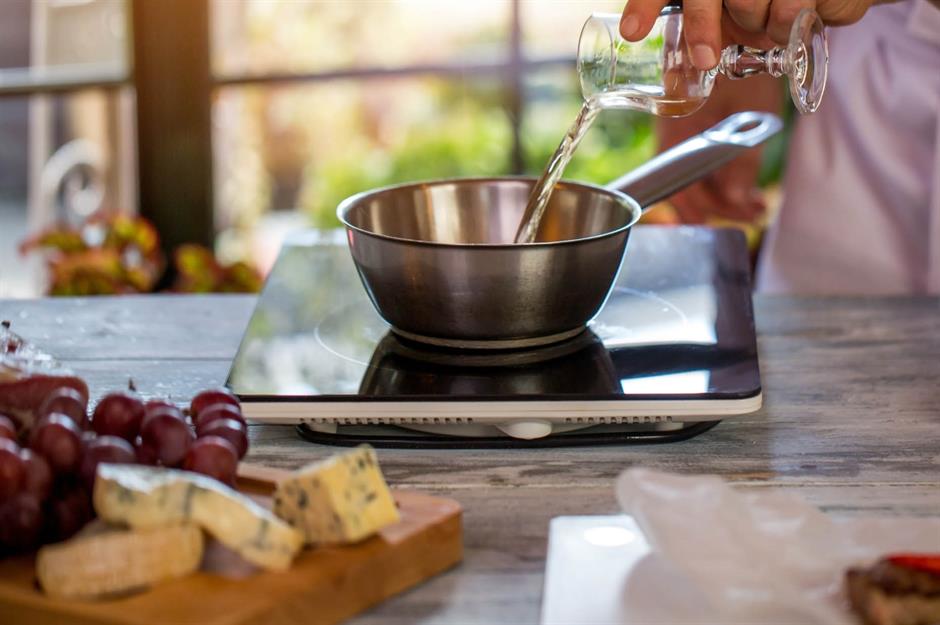
A lover of French cuisine, Julia was known to use a splash of wine in sauces. However, if you regularly find you don’t have an open bottle when you need it, keep dry white vermouth stored in the cupboard. It’s a particular favourite of Julia's because it doesn’t go off.
Roast turkey breast, leg and thigh separately
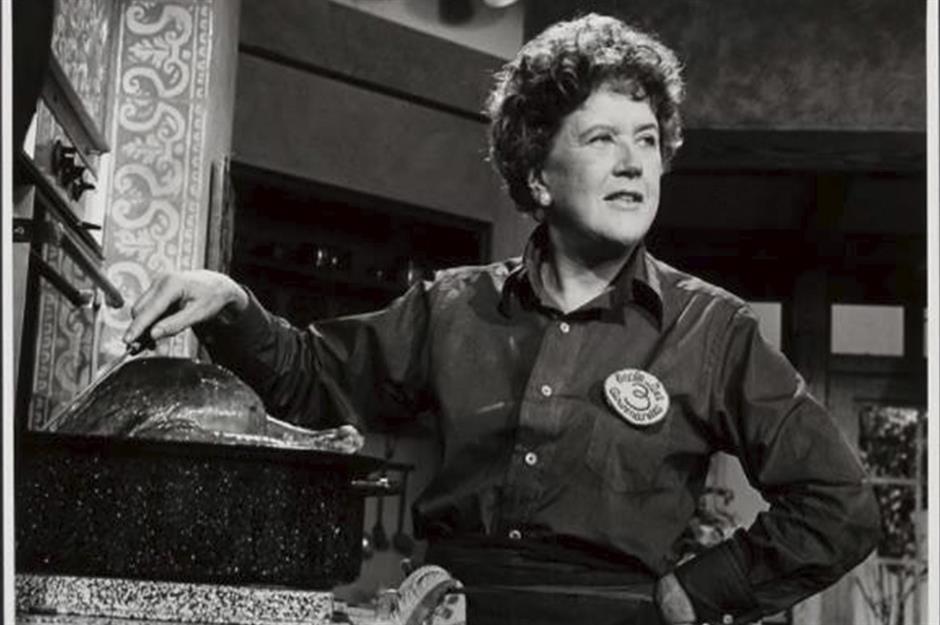
A good tip if you want turkey ready in half its usual time is to separate the breast, leg and thigh before cooking – you can lean the cuts against each other once they’re done so it looks like a whole roast. Julia prepares hers by filling the breast and deboned thighs with homemade stuffing. The carcass, wishbone, giblets and off-cuts are set aside to make stock.
Now discover how to revive stale bread and other genius hacks
Use fresh herbs with chicken
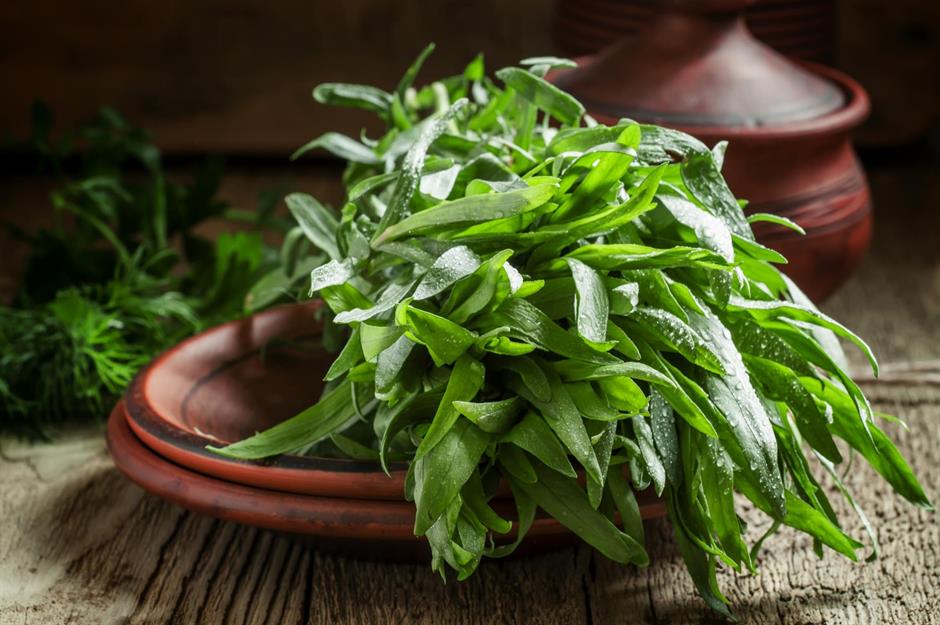
Julia believes fresh herbs are preferable to frozen or dried, and says if they’re not fresh you should check if they still have their original taste and fragrance before cooking with them. In Mastering the Art of French Cooking, she says classic French cooking uses far fewer herbs than most Americans would think. Their purpose is to accent and complement, but never to dominate.
Use a sieve to fix lumpy gravy
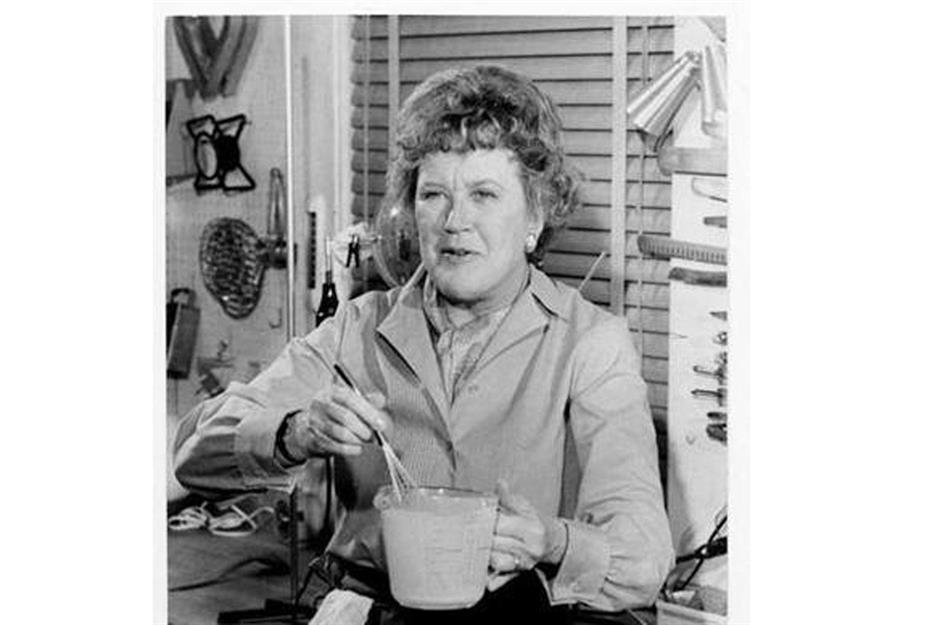
Lumpy chicken gravy is no problem for a seasoned cook like Julia – the fine sieve was made for this, she jokes. Simply force the sauce through the sieve, then serve it in a hot gravy boat to keep it warmer for longer.
Take a look at these genius cooking tips from our favourite TV chefs
Adjust salt at the end of cooking
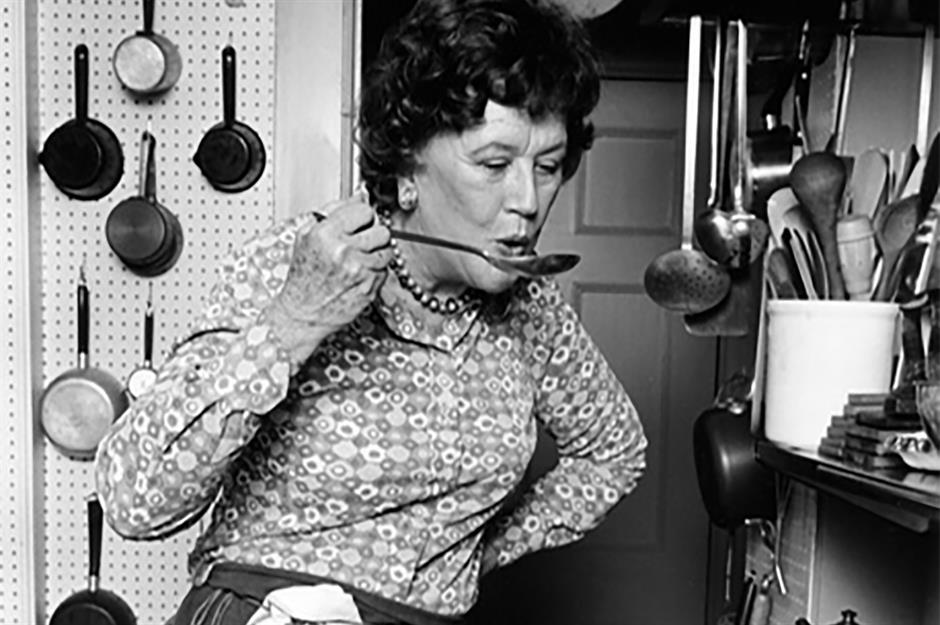
In Cooking with Master Chefs, Julia advises that seasoning too much while cooking can ruin food. As sauces like chicken gravy reduce, the flavour intensifies and the salt content increases. Sprinkle in salt at the end of cooking, rather than at the beginning, to avoid an unpalatable end result.
Don’t worry about mistakes
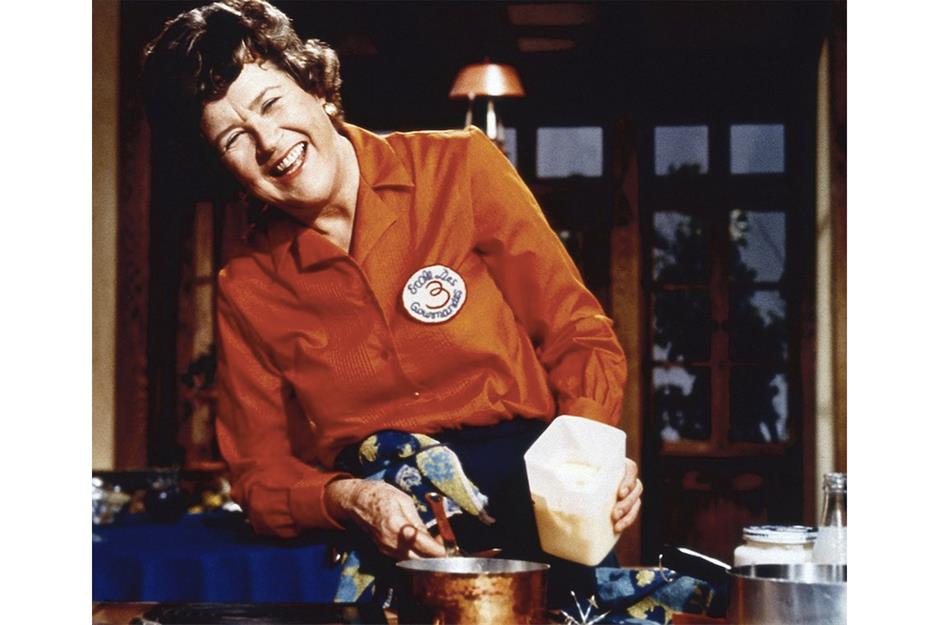
Julia’s most important lesson is to enjoy yourself and don't worry about mistakes. As she famously said: “Always remember: if you’re alone in the kitchen and you drop the lamb, you can always just pick it up. Who’s going to know?"
Want more? Read Julia Child's tips for cooking perfect chicken
Comments
Be the first to comment
Do you want to comment on this article? You need to be signed in for this feature
Most Popular
Reviews Where to find America's best fried chicken